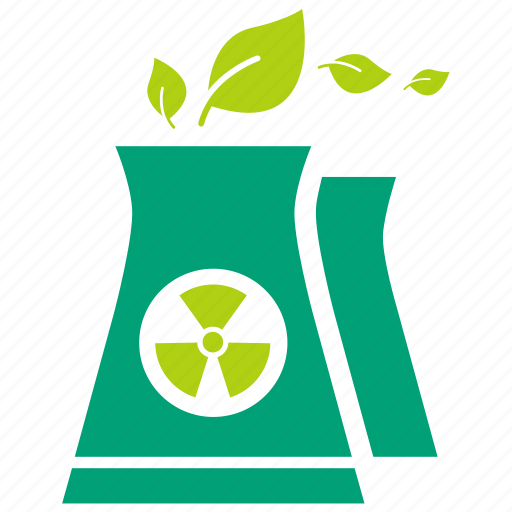Source: https://www.world-nuclear-news.org/Articles/LED-lights-developed-specifically-for-nuclear-faci
Whitecroft Lighting has supplied LED lighting to the Hinkley Point C nuclear power plant project in Somerset, UK - its first nuclear energy lighting contract. The company says that through the contract it has developed a new, specialist LED lighting solution for the nuclear energy sector.
Manchester-based Whitecroft Lighting - part of Sweden’s Fagerhult Group - said it took about six years to research, collaborate, custom test and deliver the first LED lighting “proven to be optimised for the needs of the nuclear industry”.
“As a result, LED lighting has been written into the specification for Hinkley Point C (HPC) – the first time LEDs have been included in a nuclear power project,” the company said.
It noted that although low-energy LED lighting has become the new industry standard across most markets, the technology was still to be proven for lighting nuclear energy facilities, which to-date has mainly used traditional fluorescent lighting. With the support of the Hinkley Supply Chain, Whitecroft Lighting was encouraged to work with the project to try and find an energy-saving lighting solution.
“Fluorescent lighting is essentially a 1930s technology and much of it is set to be phased out by new industry standards over the coming years,” said Tony Male, Whitecroft Lighting’s Regional Sales Manager, Wales and West. “EDF was keen that HPC benefited from the energy saving benefits of LEDs where appropriate, and its preference was to use a UK lighting manufacturer. Whitecroft not only saw this as an opportunity to be part of one of Europe’s largest infrastructure projects, but to also break new ground for lighting and set new standards for the nuclear energy industry for years to come.”
The company said innovating to the unique standards of nuclear energy meant tackling a new set of engineering and environmental challenges as well as safety considerations. The LEDs and the electronics which supported them had to be proven to meet HPC’s stringent safety standards.
“Each requirement encouraged Whitecroft Lighting’s custom design team into new areas of creativity and collaboration, and in many ways, these testing regimes are as innovative as the final product,” Male said. “After multiple layers of testing, we eventually demonstrated that we could deliver a viable LED solution for the zones covering around 90% of HPC’s estate.”
As a result, Whitecroft initially agreed to supply around 40,000 LED luminaires across a broad range of buildings and facilities. These include specialist environments, such as the generation halls and more standard areas, including the command building. The first batch of specialist LEDs were delivered to HPC in May, with further large consignments of luminaires and other hardware to be made over the duration of the plant’s ongoing construction.
“The unique LED luminaires manufactured for HPC by Whitecroft will be around 40% more energy efficient than traditional fluorescent lighting, so enabling LEDs to be written into the HPC specification is a ground-breaking moment for the lighting and nuclear industry,” Male said. "Over the 40,000 LED luminaires supplied, the saving will equate to around 11,200 KWh each day - the equivalent of around 3000 average family sized homes.
“The exciting legacy for this investment in research and development is that nuclear energy projects across Europe can now be able to share in the benefits of the high quality and energy efficient lighting previously not available for nuclear zones.”
Hinkley Point C will be the first new nuclear power station to be built in the UK in more than 20 years and will provide about 7% of the country’s electricity. The first of its two EPR reactors is scheduled to be connected to the grid in 2027 and the second in 2028.


Why can’t the reactor use all LEDs? Is there some interaction with radioactive materials or something?
It’s a certification thing. Anything “new” needs to be heavily tested and certified before it’s allowed to be used in a nuclear facility. That includes lighting. Adequate lighting is necissary for the safe operation of a nuclear power plant and therefore lighting is considered a critical system. Trying to change literally anything in a nuclear power plant will drown you in red tape.
Source: I worked somewhere that ocasionally built components for the nuclear industry and those jobs were always nightmares. Nuclear certifications make military and medical certifications look like a rubber stamp.
This is what I want to know. What makes these LEDs specifically suited to the nuclear industry?
I too was wondering the same 😅
I think it has to do with certifications. Everything in the nuclear industry has to be certified for use after all. No common sense allowed! That’s a reason it’s more expensive than needed.